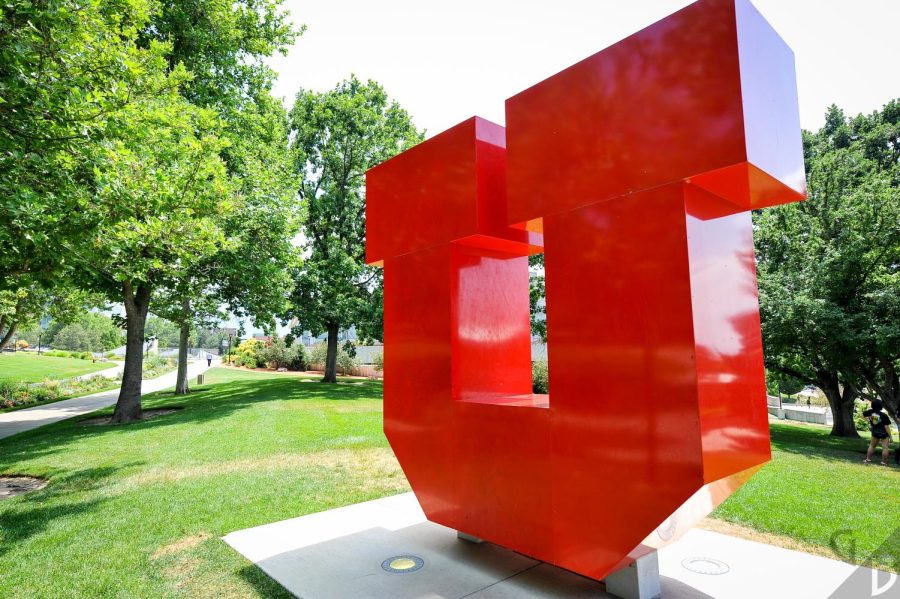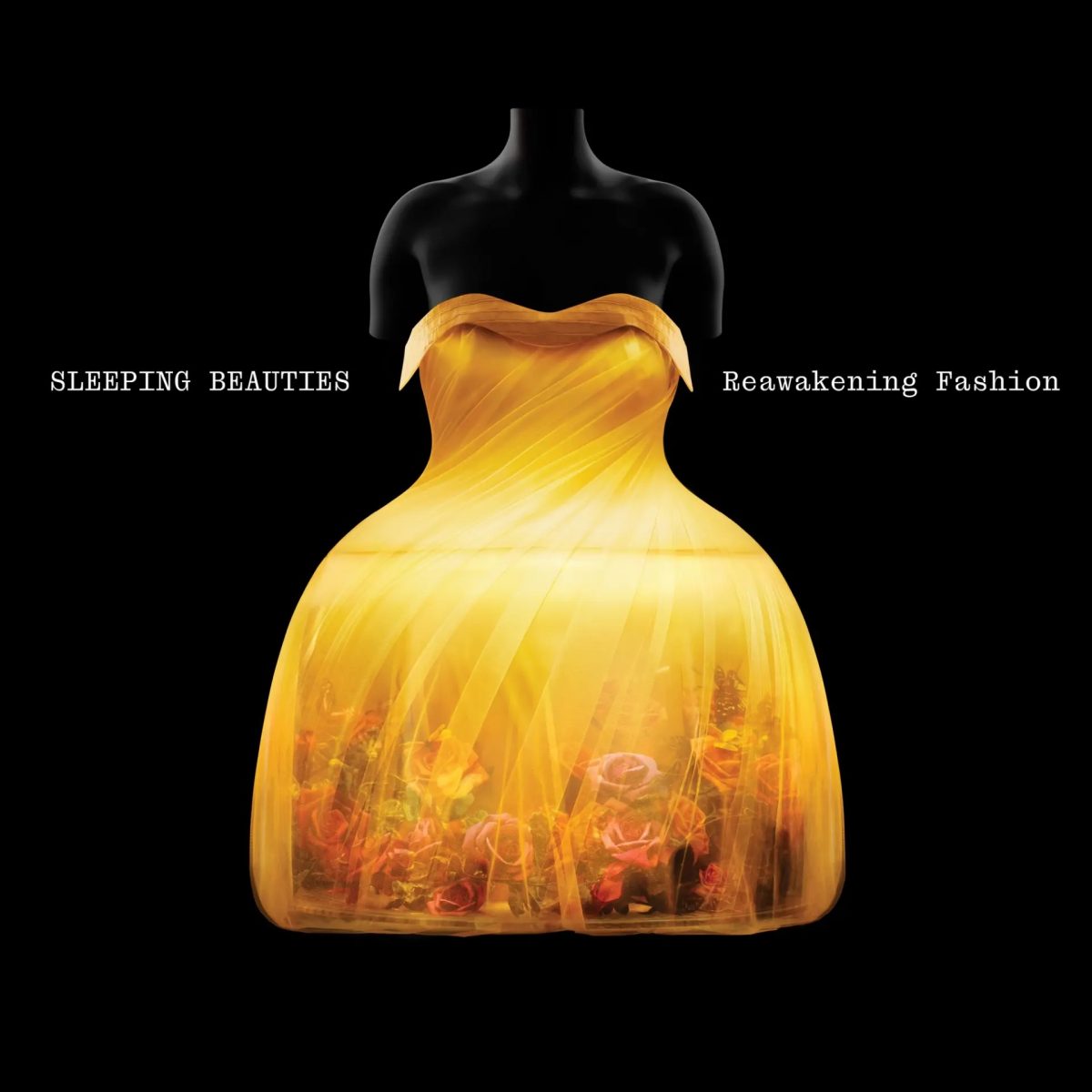
The WIPP facility is the only one of its kind in the United States. It houses plutonium contaminants, of which the plant receives more than 17 shipments from across the nation every week.
In the first incidence, a truck carrying salt in the north side of the mine mysteriously caught fire on Feb. 5, causing all workers to be immediately evacuated from the installation. At least six employees were hospitalized for minor injuries. All operations were brought to a halt, and as of yet the cause of the fire is unknown.
On Feb. 14, there was a radioactive leak in the south side of the WIPP mine. The U.S. Department of Energy has gathered samples from water, ground and air, and they confirm so far that there was in fact a contamination in the air. Ryan Flynn from the New Mexico Environment Department said, “Any type of release outside of the facility or inside the facility is unacceptable and is disconcerting.” As far as anyone knows, the leak is still releasing radiation into the air even now. Again, the cause of the leak is unknown, and the plant remains closed.
At least 13 employees were exposed to plutonium and americium from the radioactive emissions. Although the DOE claims the levels of airborne radioactivity are not life-threatening, I do not trust their hasty analysis, as there have been miscalculations in the past. The way I see it, any amount of leaking radioactive gas is bad.
The famous case involving Karen Silkwood and the nuclear processing Kerr-McGee Corporation in 1974, is still shrouded in suspicion over the safety of the radioactive material Karen worked with. She had filed an official complaint with the International Atomic Energy Administration about the safety conditions in the plant after she was exposed to plutonium. Soon after, she was mysteriously killed in an automobile accident.
[email protected]












